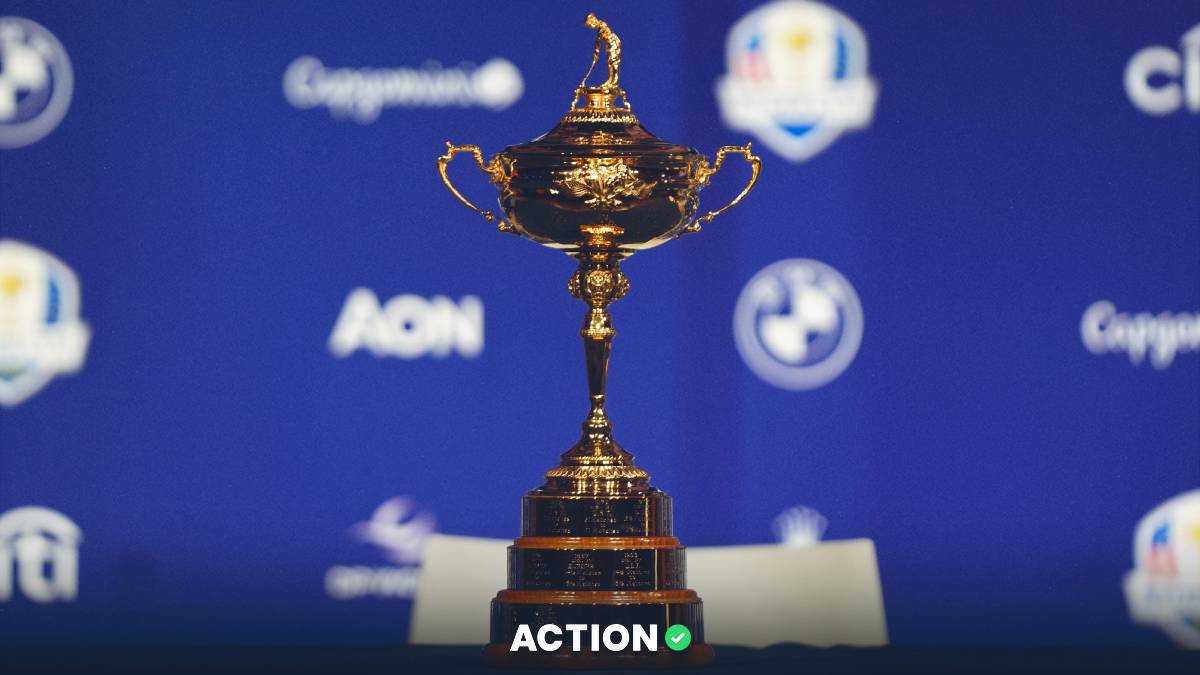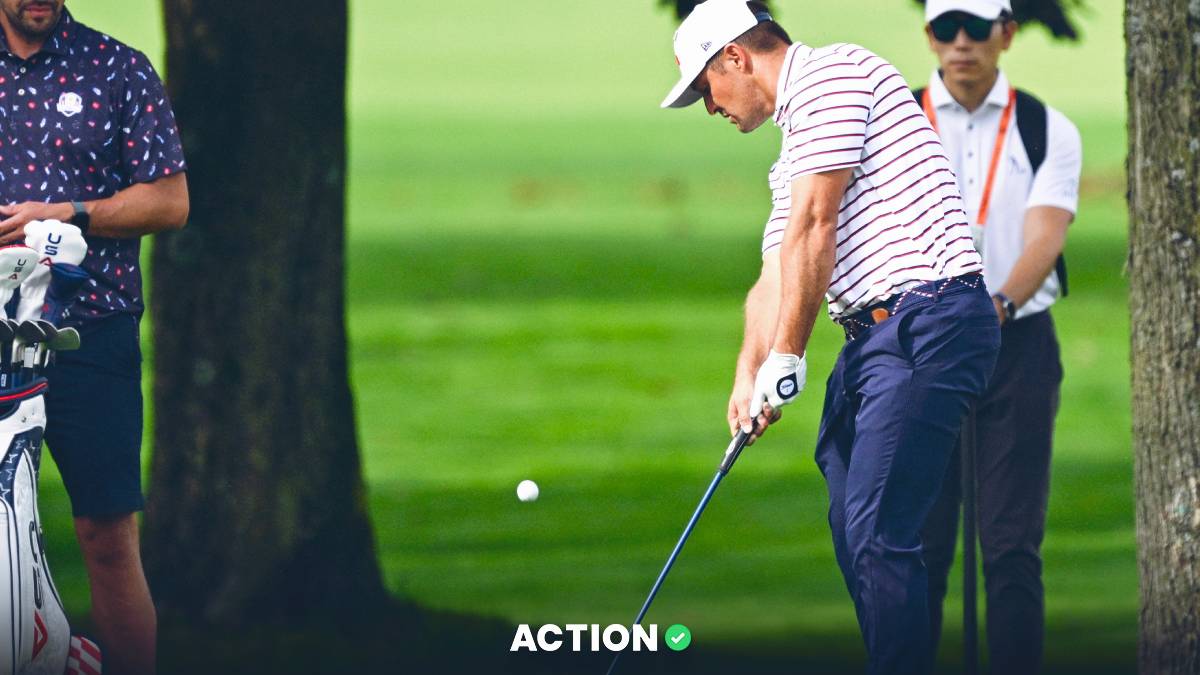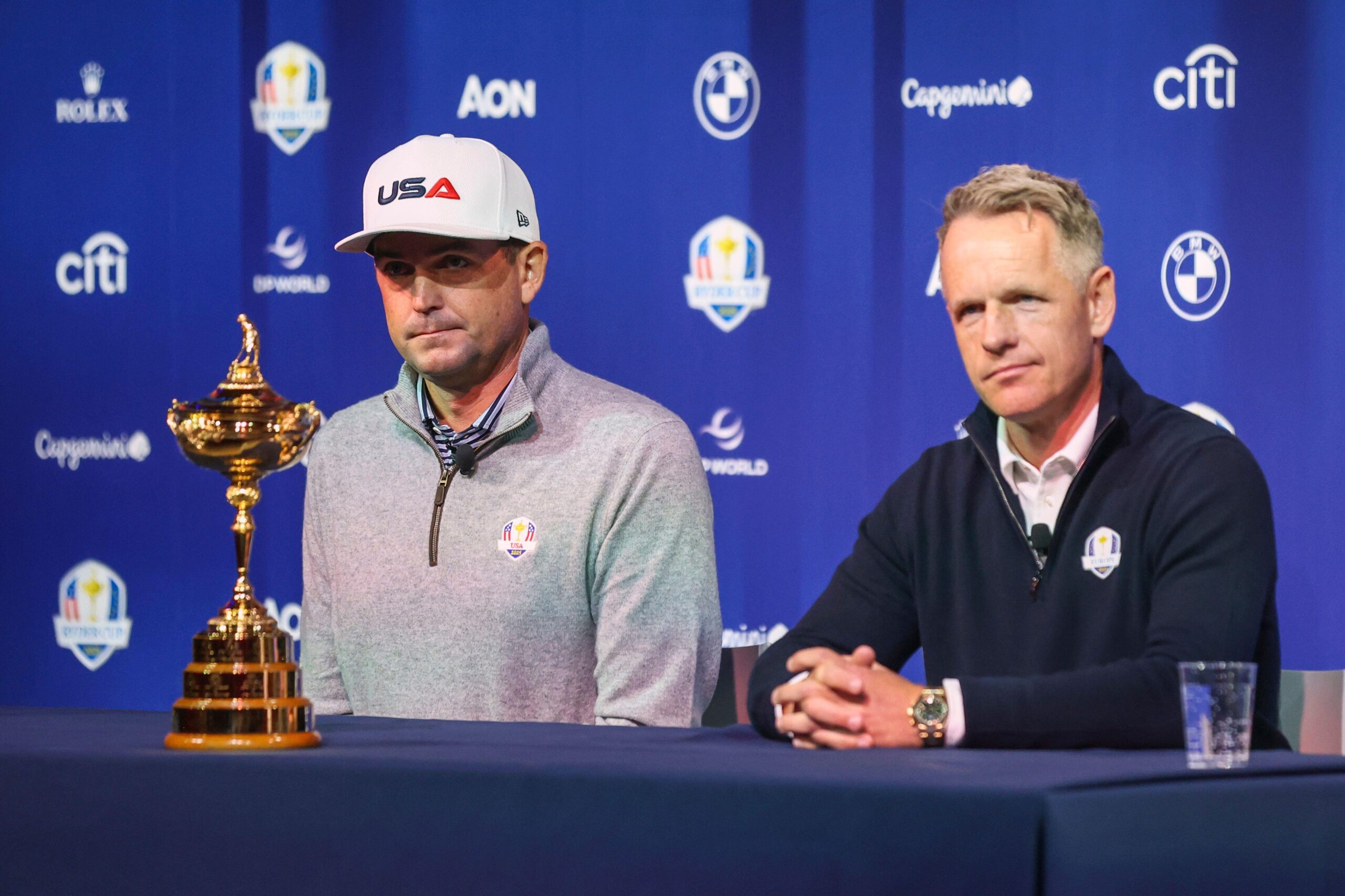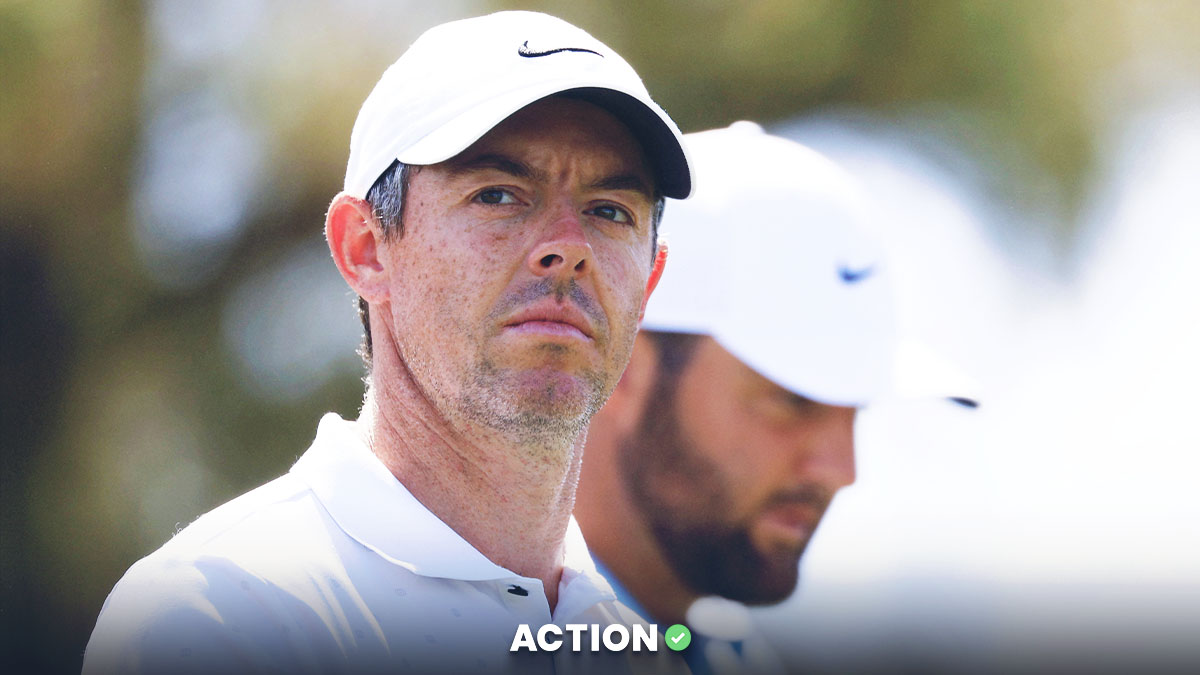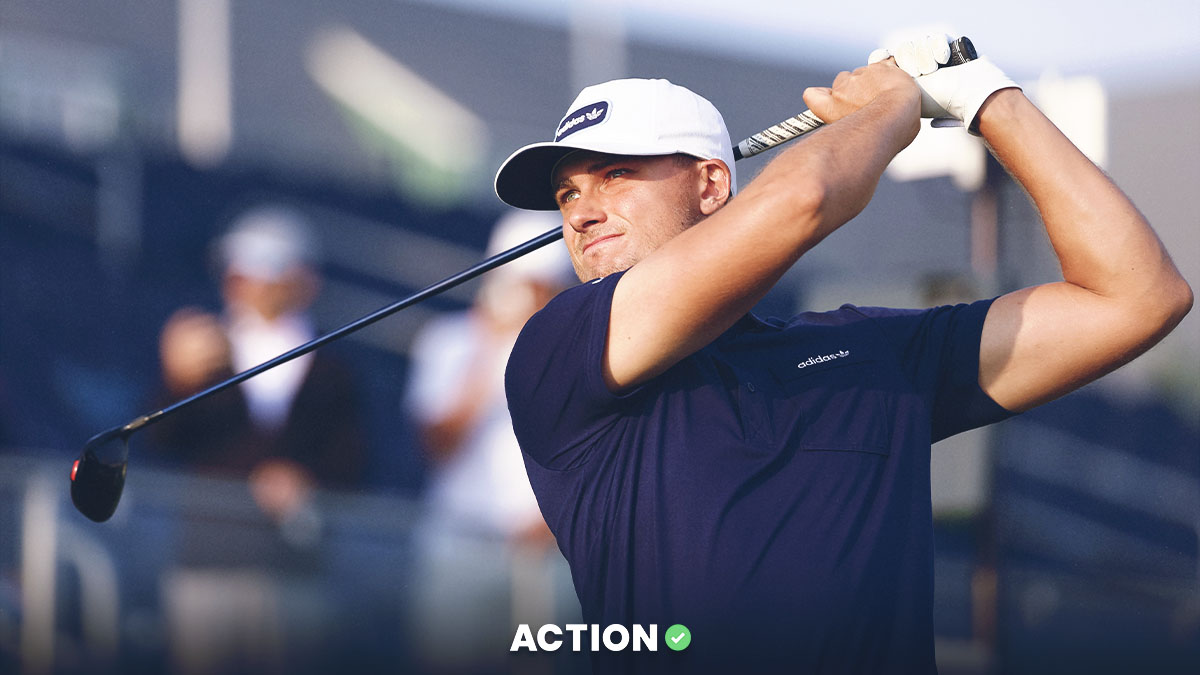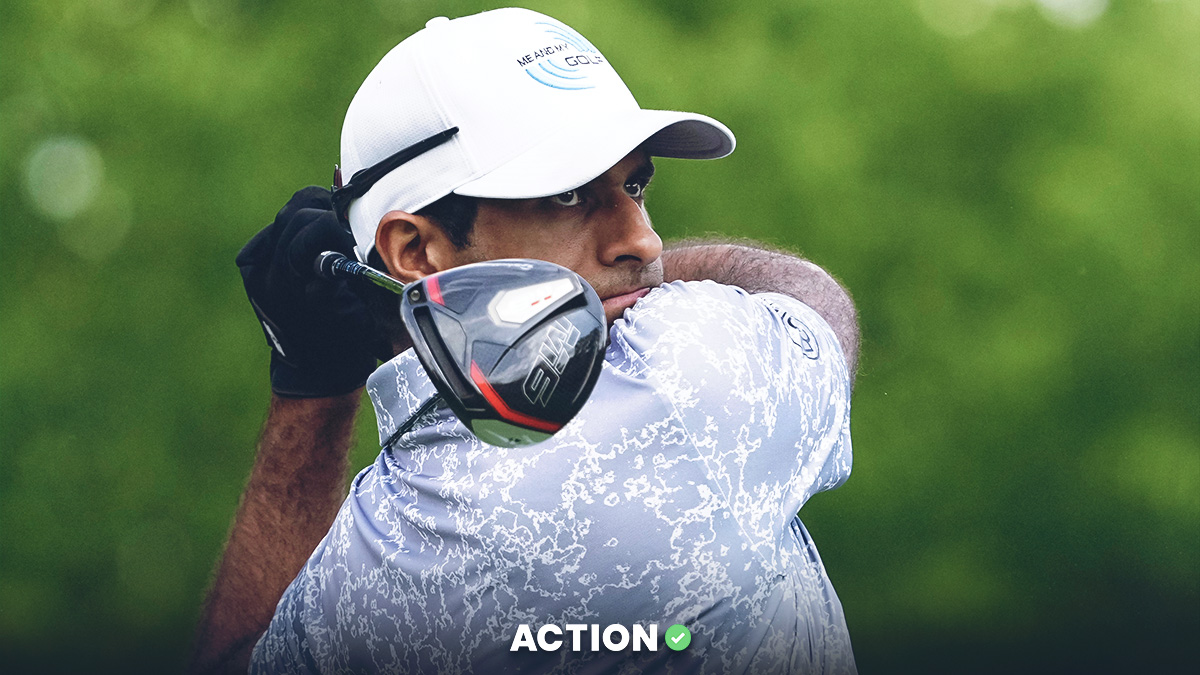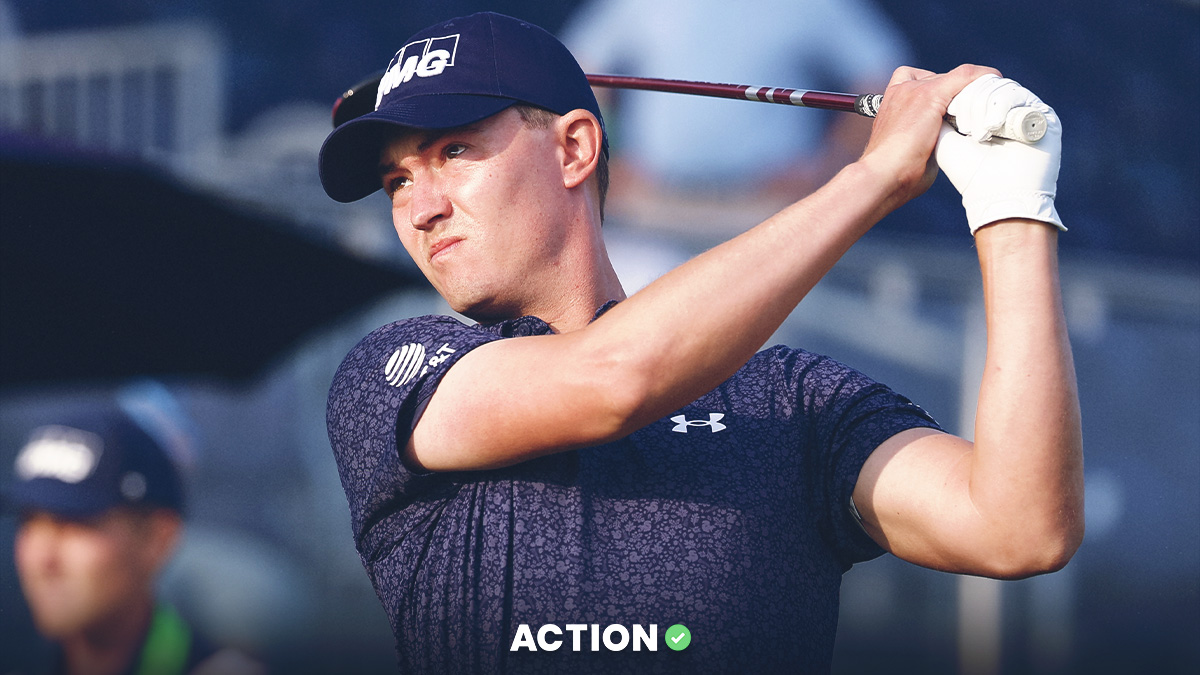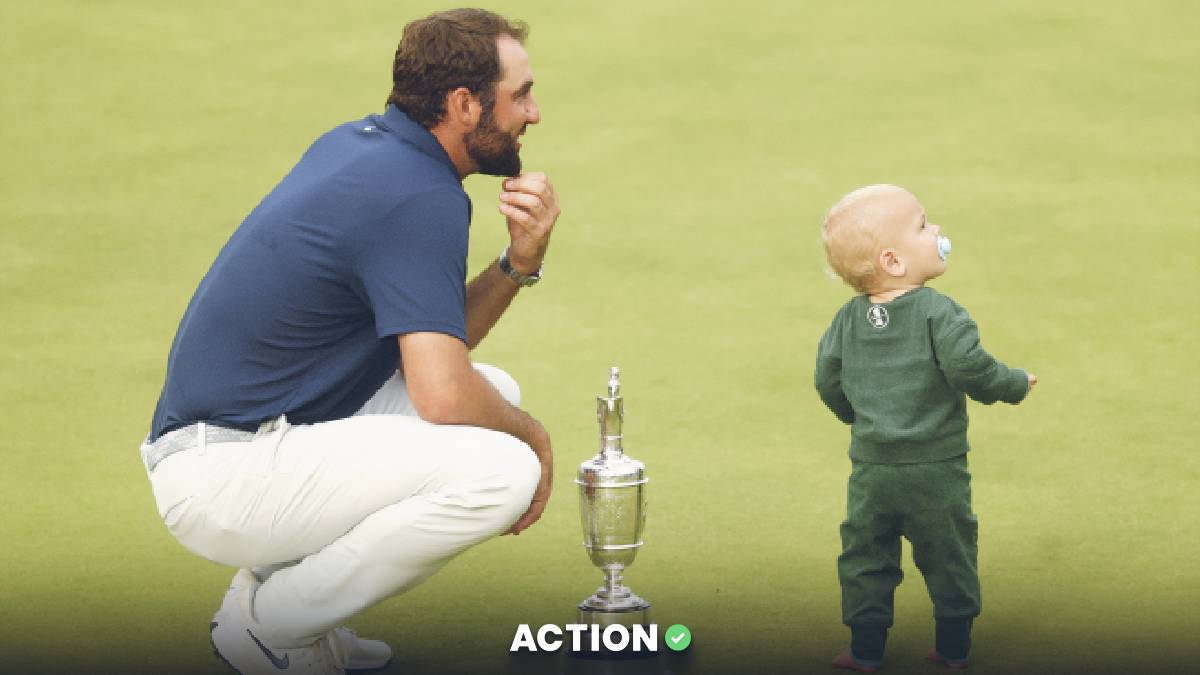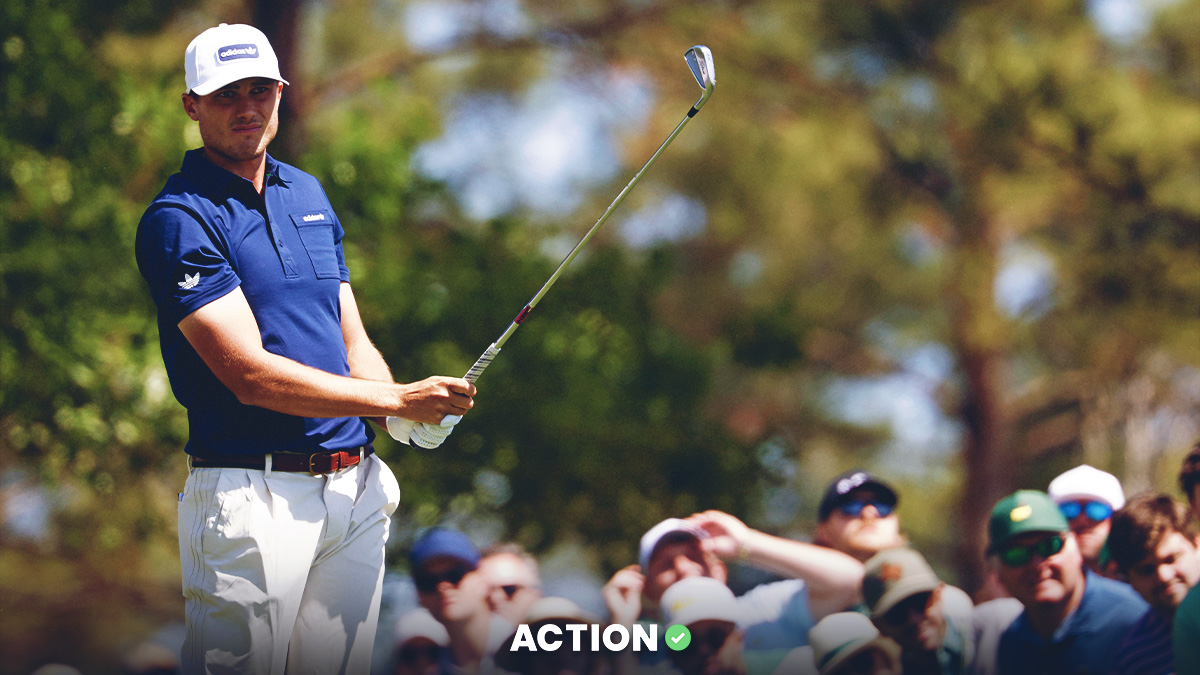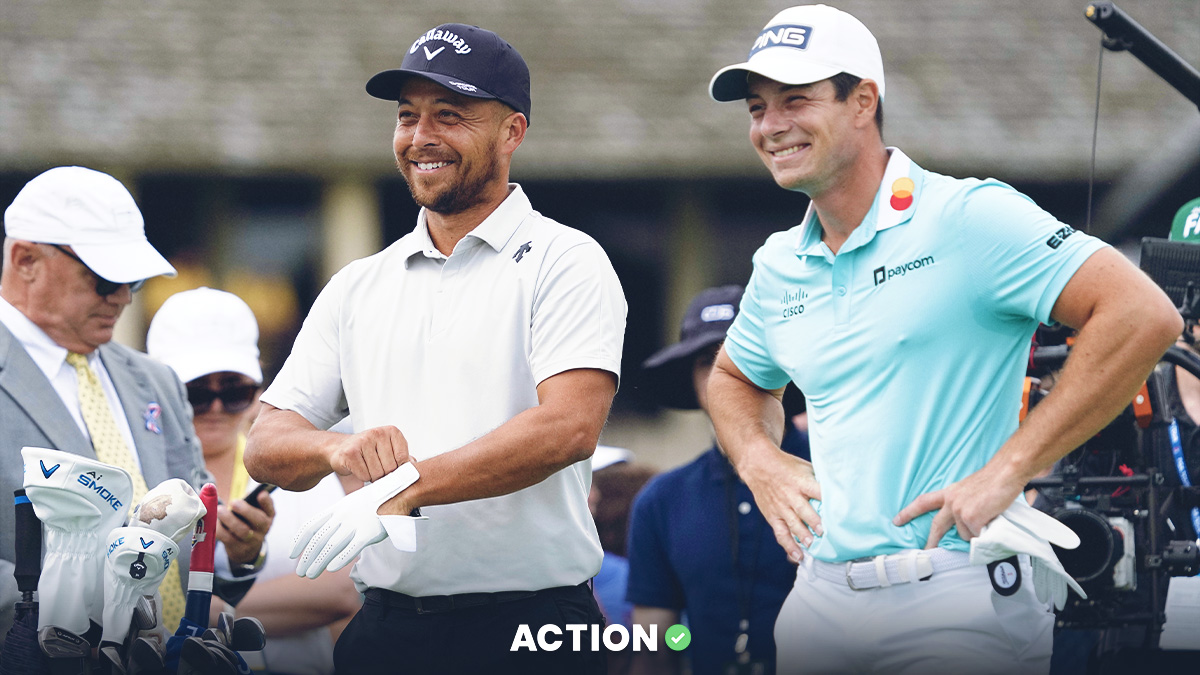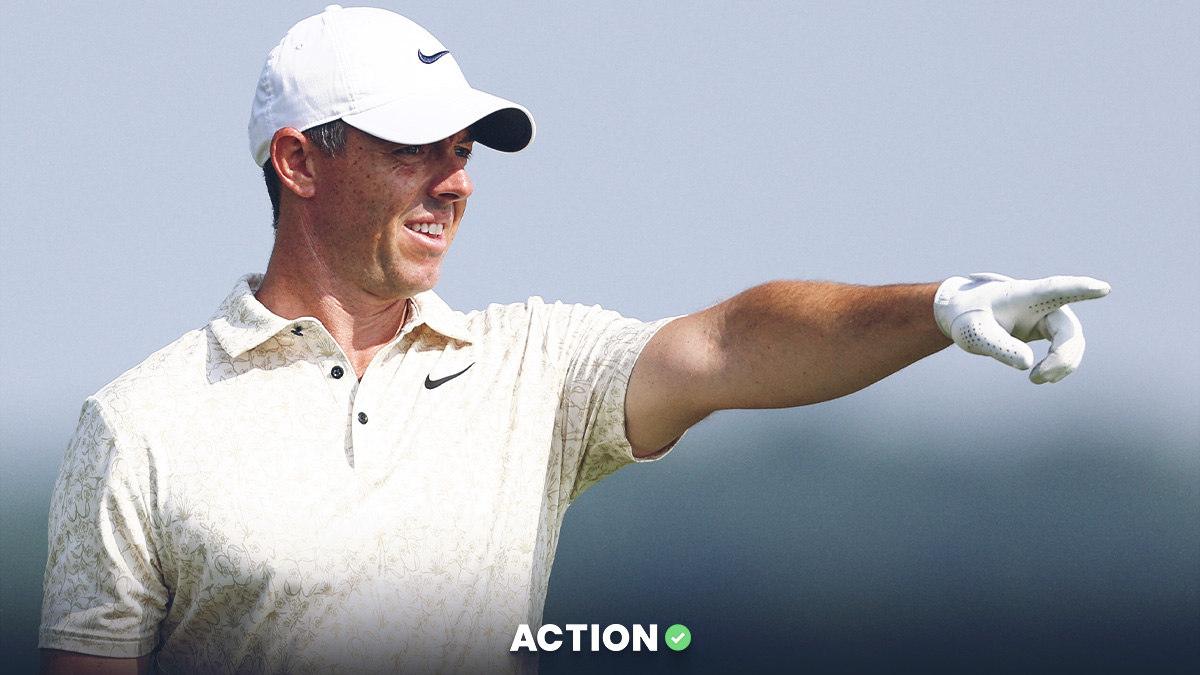Masters Calcutta auctions are growing in popularity (as they are for the NCAA Tournament), but they're not for the faint of heart.
Here's how it works:
- You bid on players, auction style, until each player (or group of players) has been bought.
- Unlike a fantasy football auction, you don't have a budget — you bid on players, and whatever the total pot is at the end is the total pot. You can buy one player for $5, or you can buy half the players in the field. There could be $500 in your pot, or $50,000, depending on who you're doing this with.
- Depending on where your players finish, or if they hit certain bonuses, you collect a portion of the pot.
- Example: If I pay $1,000 for Scottie Scheffler and there's $5,000 total in the pot and first place pays 20%, I'd win $2,000 from Scheffler for a profit of $1,000 if he does finish first.
The beauty of these pools is that the total pot grows and evolves as the auction goes on, and some serious game theory comes into play.
You can use the tool from our friends at Auction Pro to run your Calcutta, or set it up in a spreadsheet.
Typically, longshots can pay back your investment by winning a bonus (we'll outline them below) or finishing near the top 10. For Scottie Scheffler or Jon Rahm to provide ROI, they need to win or come close to winning.
Here’s an example payout structure with $5,000 in the pot. If your golfer wins, you'd get 24% of the pot, which is $1,200.
You can of course tweak these payouts however you'd like, but it's a decent starting point.
You can tweak the payouts any way you'd like and add any bonuses you want. But you should generally pay out the top 15-20 finishers, plus some bonuses so participants are incentivized to bid on the worst players in the field, too.
Rules to Know
- I'd recommend auctioning off players in a random order. If you go by the odds board and start with Rory, Rahm and Scheffler, everyone will get anchored to those prices, and it will become very predictable. Randomization helps add to the strategic nature of these pools, which is the whole point.
- Make sure one person is the auctioneer and keeping a good cadence, or it can go on forever (or use a site like Auction Pro).
- Group golfers together. In NCAA Tournament auctions, you may just group the 14-16 seeds. But in Masters Calcuttas, you'll want to put together big groups because there can be 90+ players in the field per year; for other majors, there may be close to 150. So you might auction the top 40 players individually, then group together some of the lower-ranked players as one entry.
- Track the results in real-time in a spreadsheet so everyone can see what each team went for. It's vital to have that info during the auction. Or you can use the tool from our friends at Auction Pro to run your Calcutta.
- Golfers often tie for every spot but first, so you can use dead heat rules. In my example above, if two players tied for second, they'd split the second and third place payouts (so they'd each get 13.5%). Or you can create a tiebreaker, like lowest round among those players, but that gets hairy if four guys tie for one spot.
Bonus Ideas
I've listed a few in the sample payouts above, but here are some additional bonuses you can choose to pay out. These should be around 1%, since the bulk of the pot should still go to the top-five finishers.
- Lowest amateur
- Best score in each round
- Hole in 1 (split pot if there are multiple, add it to another bonus if there are none)
- Lowest finisher among players who made the cut
- Player who finishes dead last (which incentives you to spend on the worse players)
- Worst single round score
- Worst score on a single hole
This provides some additional things to root for even if your players aren't in contention and gives participants an incentive to buy the worst guys in the field.
How to Group Golfers
Like I mentioned already, auctioning close to 90 players is a nightmare. It will take forever, and figuring out what you want to pay for Mike Weir, who will only trigger the "downside" bonuses like player to finish last, is tricky.
Instead, you can do something like this.
- Auction off the top 48 golfers individually, decided by betting odds
- Group the remaining 40 golfers into five groups of eight using a pot system, like they do for the World Cup, which gives each group a few "good" players and bad players.
For example, Group 1 would be Keegan Bradley, Stephan Jaegar, Cam Davis, Jhonattan Vegas, Brian Campbell and Angel Cabrera. These players would all be auctioned as one item, instead of individual players.
You're getting a top-30 player in Keegan Bradley in that group, plus a longshot with no chance to win like Angel Cabrera.
That should cover most of it! Best of luck in your setup and participation in a Calcutta pool.



